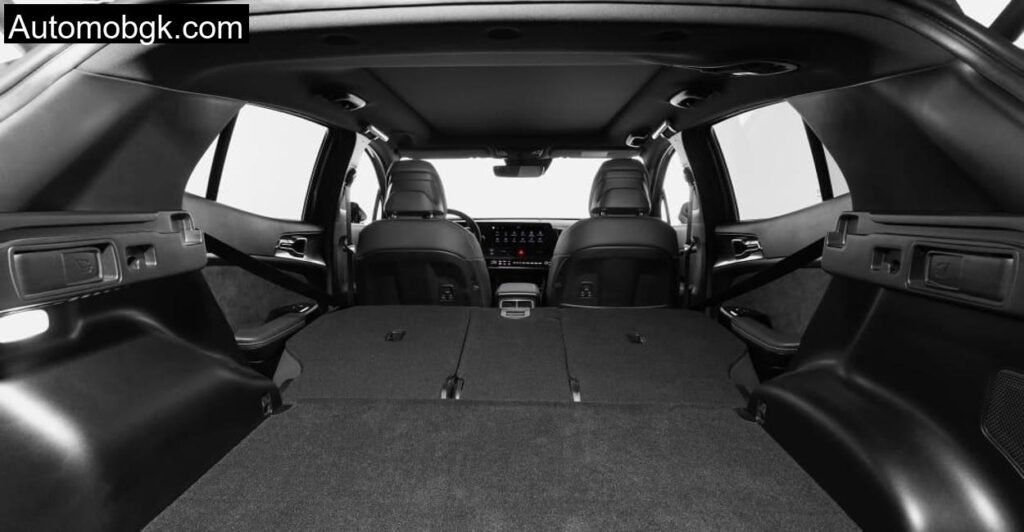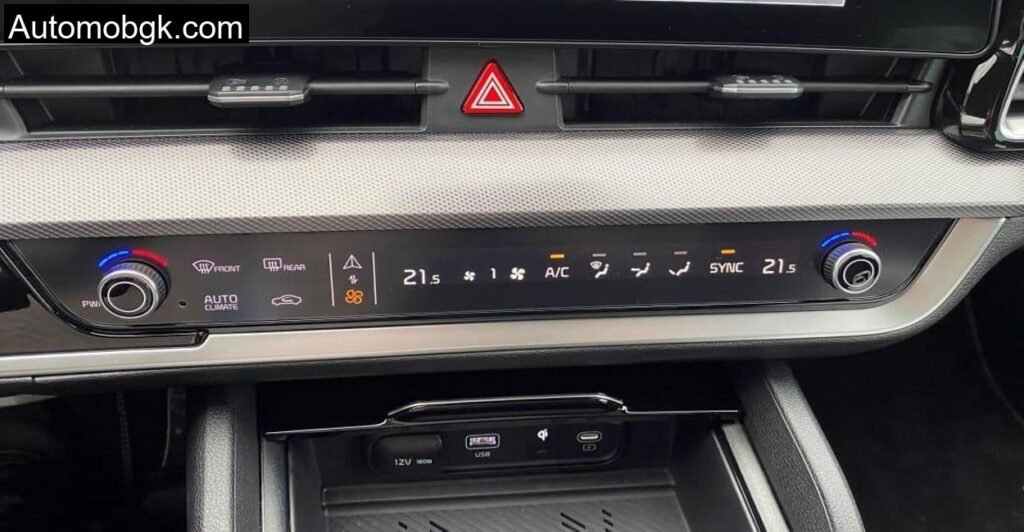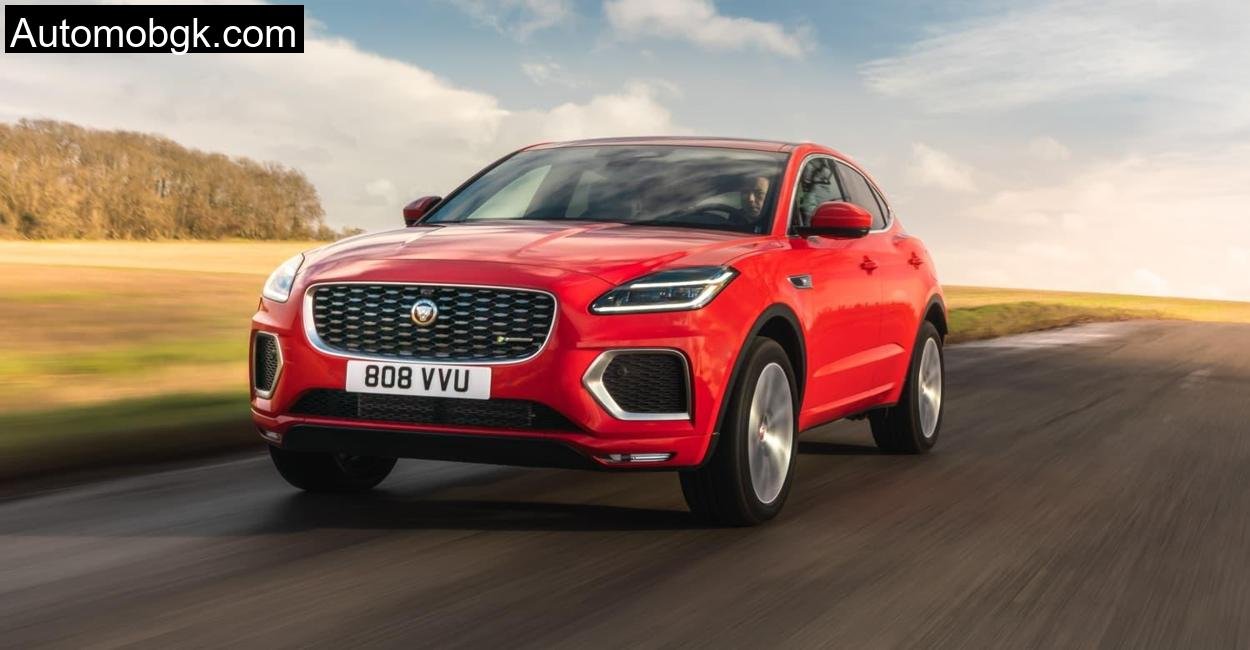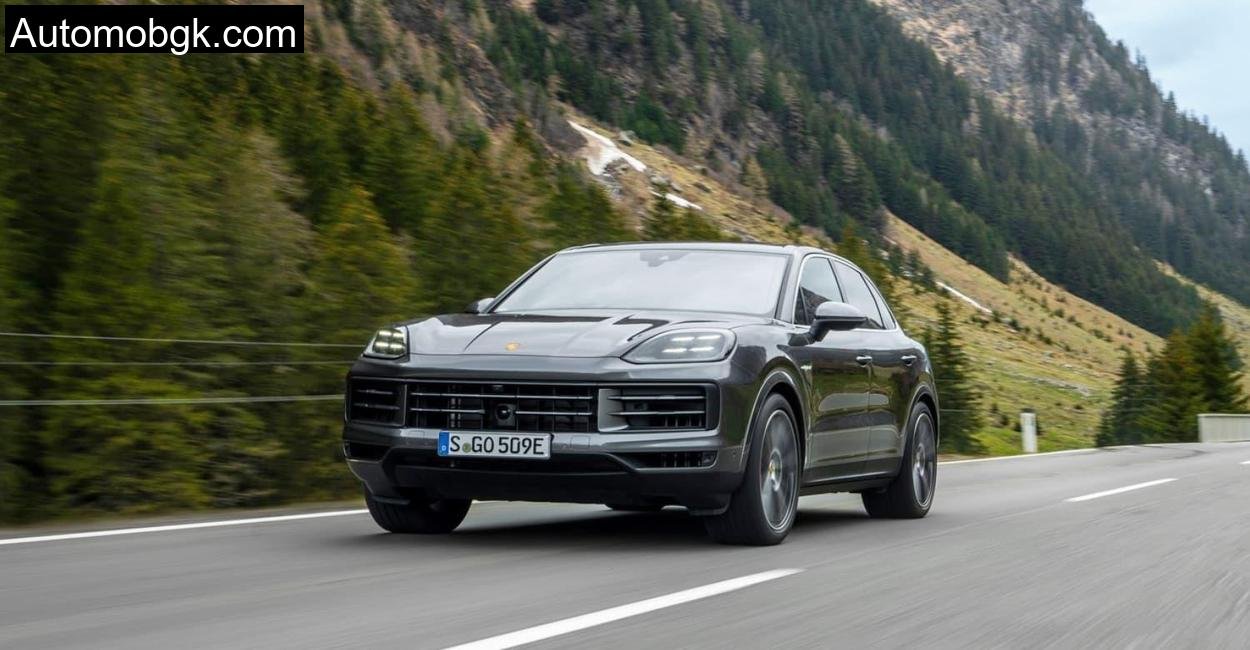Billed as a rival to the VW Tiguan, and marketed with a blend of hybrid tech, modernist interior design, and European sensibility (despite its Korean DNA), the Sportage comes at you with a quiet confidence. And honestly? It deserves the stage.
The Kia Sportage is Easy to Operate
There’s an immediate familiarity the moment you get in. No over-designed complexity. Just clean lines, an inviting layout, and tactile surfaces that feel soft under the fingertips, even after a full day of driving through frostbitten turns in Adelegg’s forest corridors.
The twin 12.3-inch displays are integrated into a curved glass panel that leans slightly toward the driver, a gesture that makes you feel seen. The touchscreen is quick to respond and the menus are logically laid out. What really stands out, though, is Kia’s dual-function control panel. It might sound gimmicky at first, a panel that switches between climate and infotainment controls, but in practice, it’s intuitive and saves space without sacrificing function.
The rotary gear selector is a tactile delight, and unlike other cars that bury basic controls in digital menus, the Sportage still gives you knobs for volume and temperature. Hallelujah. It’s a car built by people who understand drivers, not just designers. Even the 72cm high load lip in the boot feels thoughtfully aligned once you realize the practicality it enables for larger items.
From bag hooks in the headrests to wireless charging and Android Auto/Apple CarPlay that work without delay, everything is where it should be. The only ergonomic misfire? The electric handbrake switch, which is placed to the left of the steering wheel, out of reach for your co-driver if needed in a pinch.
Interior: Plenty of Space in the Kia Sportage

From the outside, the Kia Sportage wears its compact SUV tag well. But inside, it tells a different story. This thing is spacious. I’m 6’1″, and I had space to stretch both in front and back. The cabin width makes it perfectly comfy for two adults in the rear, and even with three, it doesn’t feel like a punishment.
In the back, the boot is cavernous,591 liters in the base petrol model, though the plug-in hybrid we tested offered 395 liters due to battery packaging. The rear seatbacks split 40:20:40, and they even recline slightly, making long drives through mountainous landscapes a more relaxed affair for passengers.
Driving through Adelegg, stopping in places like Kreuzthal and Pfärrich, we packed everything from hiking gear to camera equipment without ever having to Tetris our way into the luggage space. Fold the seats down and you’ve got 1395 liters, big enough to throw in a mountain bike or load up for a long weekend.
Build quality inside is top-notch, too. Soft-touch panels, tasteful trim, and just enough chrome to feel premium without looking flashy. You’d be forgiven for thinking you’re in something more expensive.
Engines: Save Fuel in Sailing Mode
Let’s talk about what powers this SUV. We tested both the 180 hp mild hybrid petrol and the newer 252 hp plug-in hybrid. Let’s start with the mild hybrid.
The 1.6-liter T-GDI EcoDynamics+ petrol is a smart unit. It works with a 48V system that doesn’t allow for full electric drive, but it does enable sailing mode. This means the engine shuts off completely when coasting, a feature that proved magical on the long downhill descents of Adelegg. You’re floating down a winding road in silence, the engine asleep, and it feels like someone cast a spell on gravity itself.
Acceleration isn’t breathtaking, but it’s steady and smooth. Merging onto the B12 outside Kempten was a breeze, and the Sportage never felt underpowered. In Eco mode, though, downshifts can lag slightly. It’s something you notice on overtakes, but only because the rest of the drive is so drama-free.
7.6 Liters: The 180 hp Petrol Engine is Thirsty
Now, let’s not sugarcoat it. While the 180 hp unit is smooth, it isn’t exactly frugal. Despite the hybrid tech, we averaged 7.6 liters per 100 km, pretty much bang-on with Kia’s own figures. That’s fine for an SUV this size, but not exceptional.
First gear tends to be overzealous. Every launch from a stoplight in Wangen im Allgäu had the engine spinning more than necessary, regardless of throttle finesse. That said, once rolling, the 7-speed dual-clutch transmission handled shifts with a velvety polish. It prefers to stick to lower revs and preserve fuel, but if you need to hustle, it responds with reasonable urgency.
The CO₂ emissions clock in at 208 g/km, not bad, but not headline-grabbing either. Three out of five Ecotest stars from feels fair.
The Sportage’s Plug-in Hybrid

Now to the one that left a deeper impression, the plug-in hybrid.
With 252 hp of system output, combining a 1.6-liter petrol engine and a 13.8 kWh battery, this version of the Sportage is the smarter buy if your commute includes urban segments. On tight Adelegg roads, it could run fully electric for up to 63 kilometers. Kia claims 70 km, but we found the lower number more realistic.
Driven carefully, especially around smaller villages like Isny and Leutkirch, we stayed within electric power easily for much of our journey. Power delivery is immediate, and there’s genuine joy in driving this car silently through a winter forest.
When the battery runs flat, the car switches to hybrid mode seamlessly. Fuel economy averaged 7.0 liters/100 km, and combined consumption (electric + petrol) for the first 100 km came out to 3.0 liters and 13.4 kWh. It’s a well-calibrated system, except for a slightly rough particulate filter performance that mars the overall emissions score.
Still, if you’re doing school runs, work commutes, and weekend getaways, the plug-in hybrid might be the sweet spot. It’s certainly the most serene.
Price: Only One Version Under 35,000 Euros
Here’s the rub. The base Vision model sneaks in under €35,000. But once you start optioning up, especially to the 180 hp AWD model we drove, you’re sailing past €39,000.
The 160 hp GT-Line with all-wheel drive? €47,090.
The plug-in hybrid we tested? €52,000+.
It’s not cheap, but what you get in return is substance. From standard lane keeping assist, adaptive cruise, to remote parking and even blind-spot cameras, this is tech you usually associate with luxury cars.
Still, this pushes the Sportage beyond “budget SUV” territory. It’s an SUV that plays in premium space while undercutting German rivals on value.
Technical Specifications
| Feature | Kia Sportage PHEV / Mild Hybrid |
| Engine | 1.6L T-GDI + Electric Motor |
| System Output | 252 hp (PHEV) / 180 hp (Mild) |
| Transmission | 6-speed auto / 7-speed DCT |
| Drive Type | AWD (tested) |
| Battery Capacity (PHEV) | 13.8 kWh |
| Electric Range (WLTP) | ~70 km |
| Real Electric Range | 63 km |
| Fuel Consumption (PHEV) | 3.0L + 13.4 kWh / 100 km |
| Fuel Consumption (Mild Hybrid) | 7.6 L / 100 km |
| CO₂ Emissions | 208 g/km |
| Boot Capacity | 395 – 1395 liters |
| Length x Width x Height | 4515 x 1865 x 1650 mm |
| Starting Price (Germany) | €34,990 |
| Test Vehicle Price | €52,000+ |
Conclusion
Driving the Kia Sportage through the Adelegg’s sleepy, snow-flecked hills wasn’t just another review, it was an experience that reminded me how far Kia has come. No longer chasing the Germans. They’re right there, toe-to-toe.
This is a car that’s easy to live with, enjoyable to drive, and packed with tech that actually improves the drive. Sure, it’s not the cheapest anymore. And sure, some engine quirks and fuel consumption numbers aren’t revolutionary. But for everyday driving, family use, and hybrid flexibility, it’s a solid, stylish choice.
The VW Tiguan should keep a close eye on its rearview mirror, because what’s coming from Korea is serious business.
How far can the Kia Sportage plug-in hybrid drive on electric power alone?
Real-world testing shows around 63 kilometers on a full charge, slightly less than Kia’s claimed 70 km.
Is the mild hybrid version worth it?
If you want AWD and a lower price than the plug-in, yes. But it’s not as fuel-efficient and lacks pure electric driving.
What’s the best engine for long-distance driving?
The full hybrid or mild hybrid petrol engine with AWD are both suitable, but neither offers stellar fuel economy, expect around 7.0 to 7.6 L/100 km depending on driving style.







